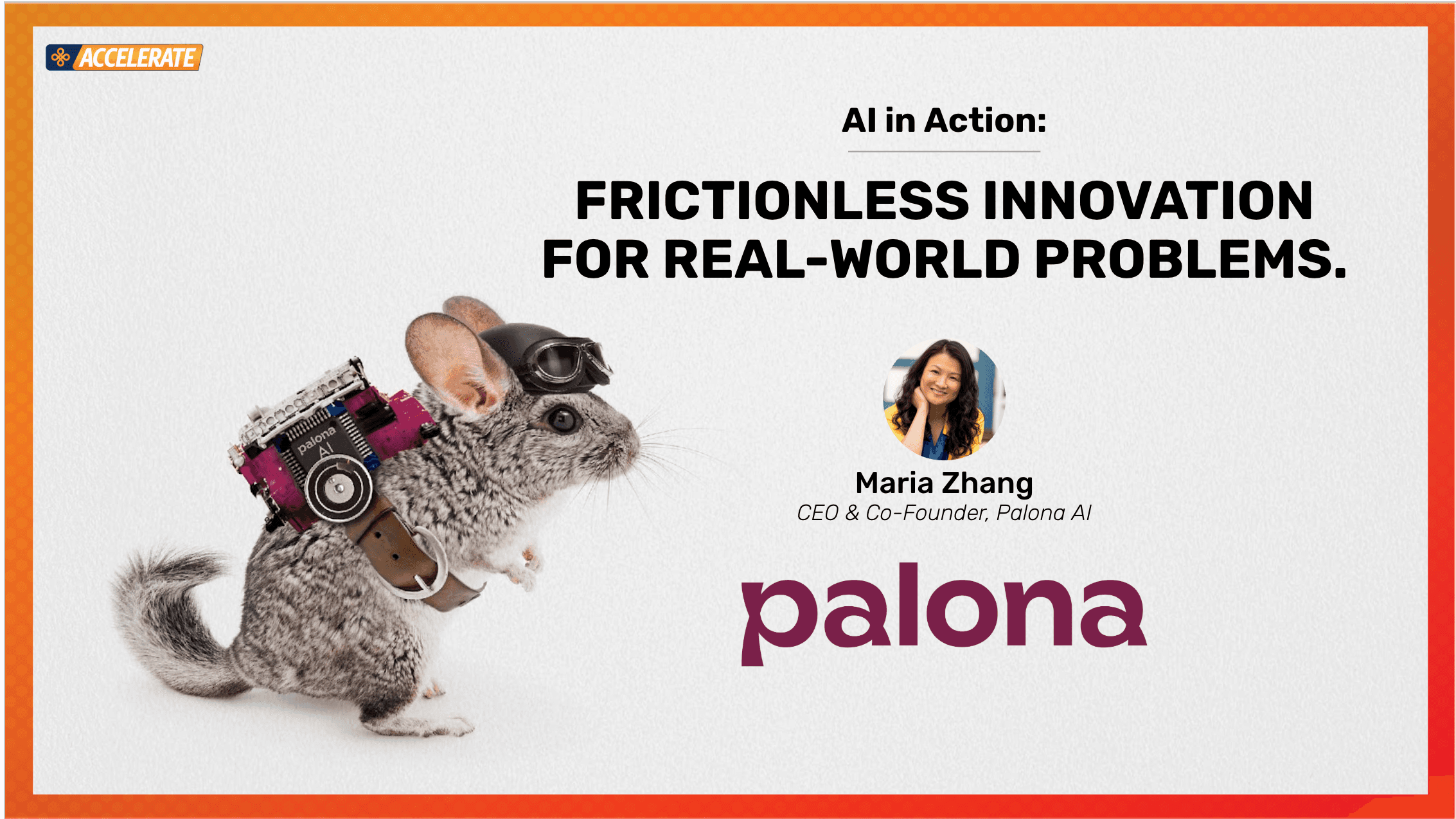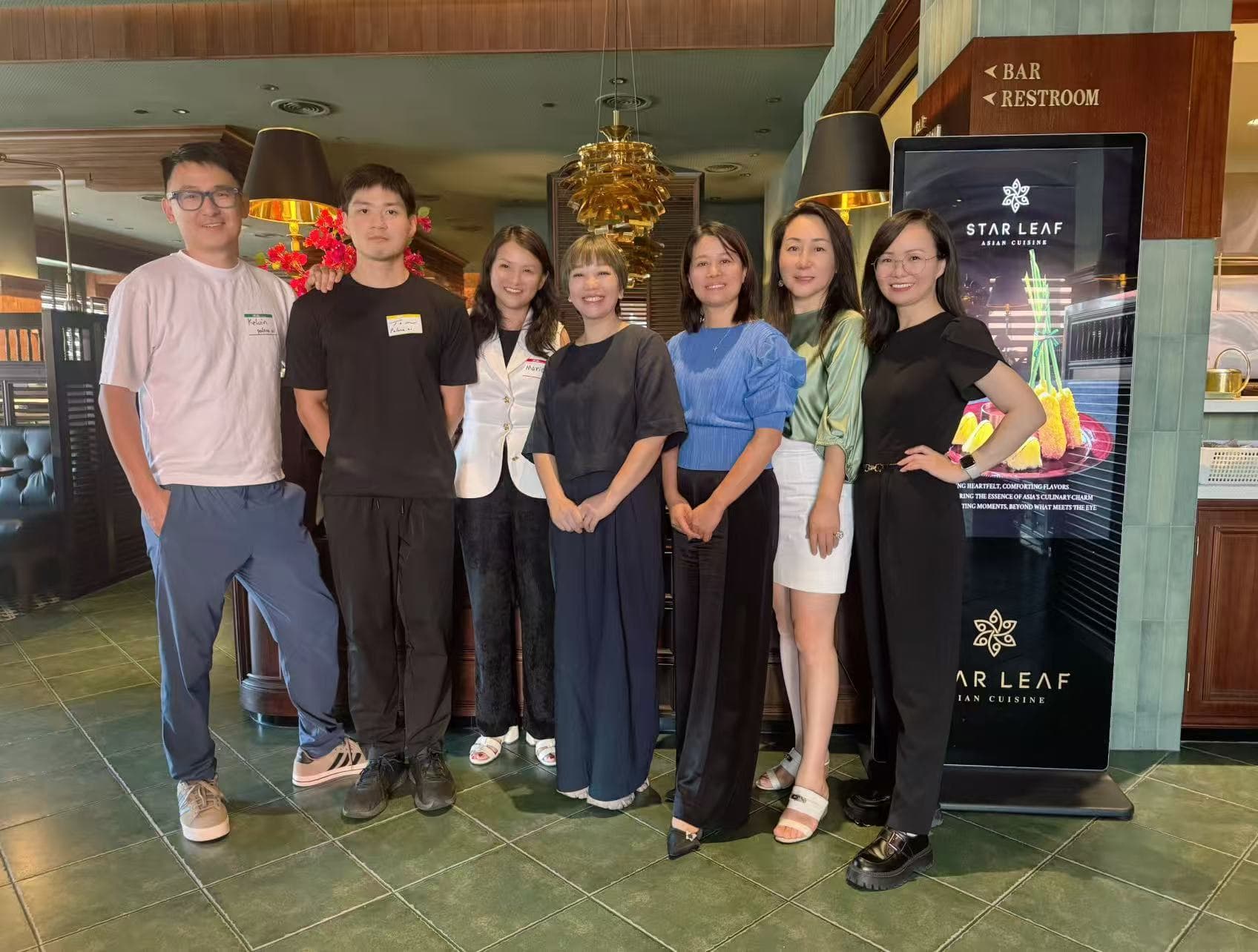Beyond the Screen: Bringing Multimodal AI to the Heart of Hospitality

Restaurant technology has come a long way—from handwritten tickets to cloud-based POS systems, from clunky kiosks to QR codes. Yet most restaurant tech still lives on a screen. It’s transactional, not relational. It helps staff take orders faster, but doesn’t help them serve guests better.
At Palona, we believe the next era of restaurant technology won’t just be digital. It will be multimodal—where voice, vision, and environmental awareness blend seamlessly to create guest experiences worth remembering.
The Missing Ingredient in Today’s Restaurant Tech
Walk into most restaurants, and you’ll find technology that feels frozen in time. POS systems built a decade ago. “AI” tools that are really just glorified chat scripts. Phones ringing off the hook while staff juggle tickets, guests, and catering orders all at once.
The truth is, restaurant tech hasn’t caught up with what makes dining memorable: the atmosphere, the interaction, the emotional connection. These are the elements that turn a meal into an experience—and they’re exactly what most technology ignores.
Cutting-edge AI is starting to expand into this frontier. Operators deserve access to these tools and a voice in shaping how they’re built.
What Multimodal Actually Means
Multimodal AI combines multiple senses and the context they live in—understanding not just what is happening, but how and why it matters.
Consider what becomes possible:
A voice AI that handles every phone call naturally, taking orders and answering questions without missing a beat. Your staff stays focused on the guests in front of them instead of constantly reaching for a ringing phone.
A vision system that knows when guests have been waiting too long or when a pickup order is ready at the counter. Instead of staff scanning the room constantly, the system alerts them exactly when and where attention is needed.
A digital memory that recognizes returning guests and their preferences, giving your team the insights to deliver personalized service that builds loyalty. It’s the difference between “welcome back” and “welcome back—should we start with your usual?”
An environment manager that adjusts lighting, temperature, and music based on time of day, occupancy, and guest feedback. The dining room adapts to create the right atmosphere without staff juggling multiple control panels.
This isn’t sci-fi. It’s hospitality amplified by human-centered AI that understands the full context of restaurant operations.
Why Restaurants Are the Perfect Place for Multimodal AI
Unlike pure e-commerce or mobile apps, restaurants are inherently multi-sensory environments. They thrive on sight, sound, aroma, and human warmth—the very elements that make dining out special. That’s exactly where multimodal AI shines: connecting technology to the real world, where every second counts and every interaction shapes the guest experience.
For operators, this translates to tangible improvements:
Fewer missed calls during the dinner rush. Faster table turns without sacrificing service quality. Smoother workflows that let your team operate at their best. Real-time visibility across both front and back of house. And most importantly, more time for what technology can’t replace—genuine human connection with guests.
Building the Future of Restaurant Hospitality
We’re building multimodal systems that amplify hospitality rather than automate it away. The goal isn’t to remove the human element; it’s to remove the friction that prevents your team from delivering the experiences they’re capable of.
How could voice, vision, or environmental AI improve your guest experience? What operational challenges are keeping your staff from focusing on hospitality? What would it mean for your business if every call was answered, every guest was recognized, and every moment of service ran smoothly?
These are the questions driving our work at Palona. We’d love to hear your perspective.
Read the full article on Forbes.
Maria Zhang
CEO, Palona AI

